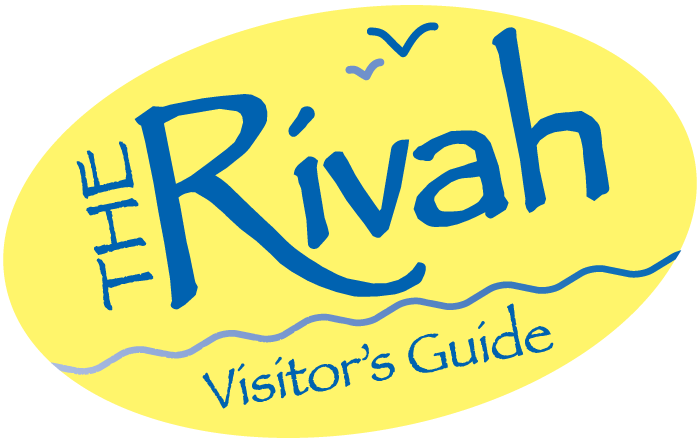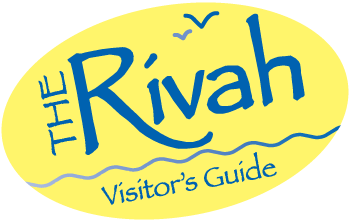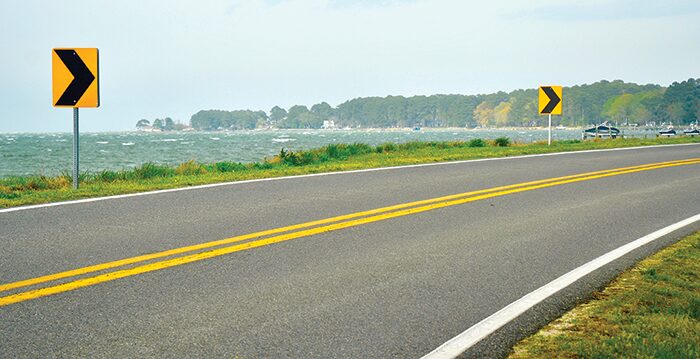
At the mouth of the Piankatank River on the Chesapeake Bay’s western shore, Gwynn’s Island is as charming as it gets.
While it may be sleepy in the winter months, summertime on the island is like a scene from a picturesque bay-side paradise post card. With a rich history dating back to some of the nation’s earliest explorations, Gwynn’s Island serves as a reminder to take a step back from the hustle and bustle of the modern day and enjoy the slow and steady roll of island time.
Miles and miles of the scenic, rural country roads of Mathews County lead to a small swing bridge overlooking the peaceful waters of Milford Haven off the bay. In congruence with the speed limit signs, the way of life begins to slow down while crossing the bridge.
Three miles long and two miles wide, the island is small and its community close-knit. With just one restaurant, about 800 full-time residents, a quaint post-office and a small campground, one could miss the island’s beauty in just the blink of an eye.
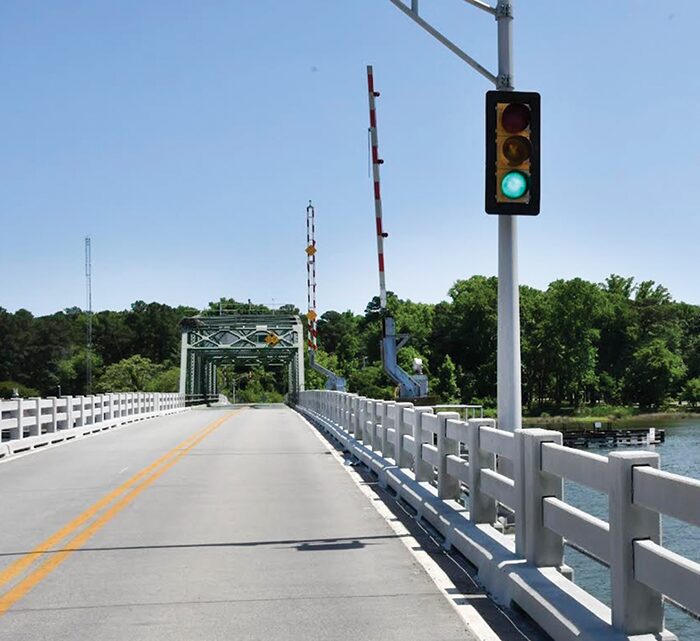
Though it is small, the island has an extensive history. Tom Edwards, director of the Gwynn’s Island Museum says to learn the history is worth the visit.
The Gwynn’s Island Museum, which first opened in 1994 after three years of renovations, is a living testimony of the community values the island possesses.
According to Edwards, Jean and Bob Turner were the original founders and curators of the museum. In conjunction with the Gwynn’s Island Civic League, the museum was conceived as a means to preserve the history of the island.
Hanging in the museum is a portrait of late Gwynn’s Island lifelong resident Elenore Respess, with a caption saying, “Art, build us a museum!”
According to Edwards, Respess went to Art Dubey, the president of the Civic League, and encouraged the founding of the museum. With generations worth of artifacts, records, heirlooms and stories, a coalition of proud Gwynn’s Island residents and families worked together to create and curate the museum.
Today, the museum boasts the rich history of the island and its inhabitants, as well as displays of artifacts and heirlooms.
Where does the name come from?

In 1611, an Englishman and Jamestown Colonist by the name of Hugh Gwynn set off one day to explore the Chesapeake Bay and its surrounding waters. He found a small island at the mouth of the Piankatank River. Legend has it that while exploring, Gwynn heard the cries of a young woman, who was apparently drowning. Acting promptly, Gwynn rescued a young Pocahontas.
As a thank you for saving her life, Pocahontas gifted the island to Gwynn.
Years later in 1635, Gwynn made a claim to King Charles I of England for the island, and the request was granted about five years later. It is believed Gwynn lived on the island until his death around 1654.
Beyond the Island’s earliest days of exploration, the small area of land would later become a significant sight for the Revolutionary War.
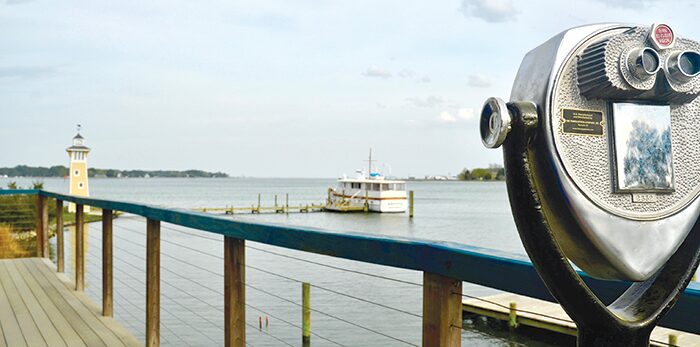
“The Battle of Cricket Hill” took place in July 1776.
Earlier that year, the last Colonial Governor of Virginia, Lord John Murray, 4th Earl of Dunmore, became a hated government official throughout the colony for his support of the Tea Tax.
Lord Dunmore was forced to leave Norfolk due to rebellion by patriot forces. He sailed up the Chesapeake with 82 ships in his command and hundreds of soldiers supporting him as he made camp on Gwynn’s Island for several months.
According to Edwards, Dunmore was not representative of his people, or the people of Gwynn’s Island. At their wit’s end, General Andrew Lewis was ordered to dislodge Dunmore from the island.
Lewis mounted cannons on the mainland across from the Island and opened fire on Dunmore’s ship, which ultimately lead to the Battle of Cricket Hill. Dunmore and his crew fled to New York, never to return.
“He left Virginia and never came back, he was outta there,” Edwards said.
The Battle of Cricket Hill marked the last royal governor ruling in Virginia, and would help lead to the nation no longer being under British rule.
The real culture of the island
While a number of men from Gwynn’s Island and Mathews County fought in proceeding wars and conflicts, Gwynn’s Island progressed slowly with few changes for the next century or so.
During that time the real culture of the island began to take shape.
“Natives were watermen and seafarers from the very beginning. At the outbreak of World War I Mathews County Merchant Marines were sunk by German submarines. Those actions precipitated the president entering World War I,” Edwards said.
The Merchant Marines ultimately became an intricate part of Gwynn’s Island and Mathews County. Many men from the county were in the Merchant Marines from World War I through World War II, Edwards said.
The Merchant Marines were responsible for delivering food, weapons, war supplies and gasoline to Great Britain to aid in the fight against Nazi Germany.
In 1942, merchant ships were hauling supplies when a German ship had made stay in the Chesapeake Bay waters, preparing to sink merchant ships. According to Edwards, 22 unarmed Mathews County men lost their lives to the attack.
Much of the museum pays homage to those who served the armed forces and in the Merchant Marines.
“We have always been a very patriotic island and county,” Edwards said.
Today, the island boasts a culture of rural coastal charm. With limited merchants and retailers, the primary activity of the island is simply enjoying its beauty and access to the waters.
Launching a kayak from the docks at Hole in the Wall restaurant can lead to a beautiful day excursion paddling around New Point Comfort Lighthouse and nearby beaches.
Gwynn’s Island’s scenic roads are perfect for biking, too. Seeing the island by two wheels, four, or by boat is a must-do on everyone’s summer bucket list, as its rustic charm is one that has not fallen victim to over-modernization.
A trip to Gwynn’s Island is not complete without stopping at Hole in the Wall, by land or sea.

The waterfront dockside bar and grill serves delicious fresh seafood and refreshing craft cocktails. Its laid back atmosphere and beautiful waterfront views may have you thinking you’re in a Jimmy Buffet song.
Visitors should mark their calendar with the annual Gwynn’s Island Festival held at the end of each June. On Saturday, June 28, enjoy art vendors, food vendors, “kids craft corner,” and carnival as well as music. The night before, the annual fried chicken dinner will be available for all to enjoy. Be sure to take in the annual performance of “The Lord Dunkmore Dunking,” a skit which pays humorous homage to the Battle of Cricket Hill.
For a sample of some of the best the Chesapeake Bay has to offer, remember to spend a day on Gwynn’s Island in Mathews County.
